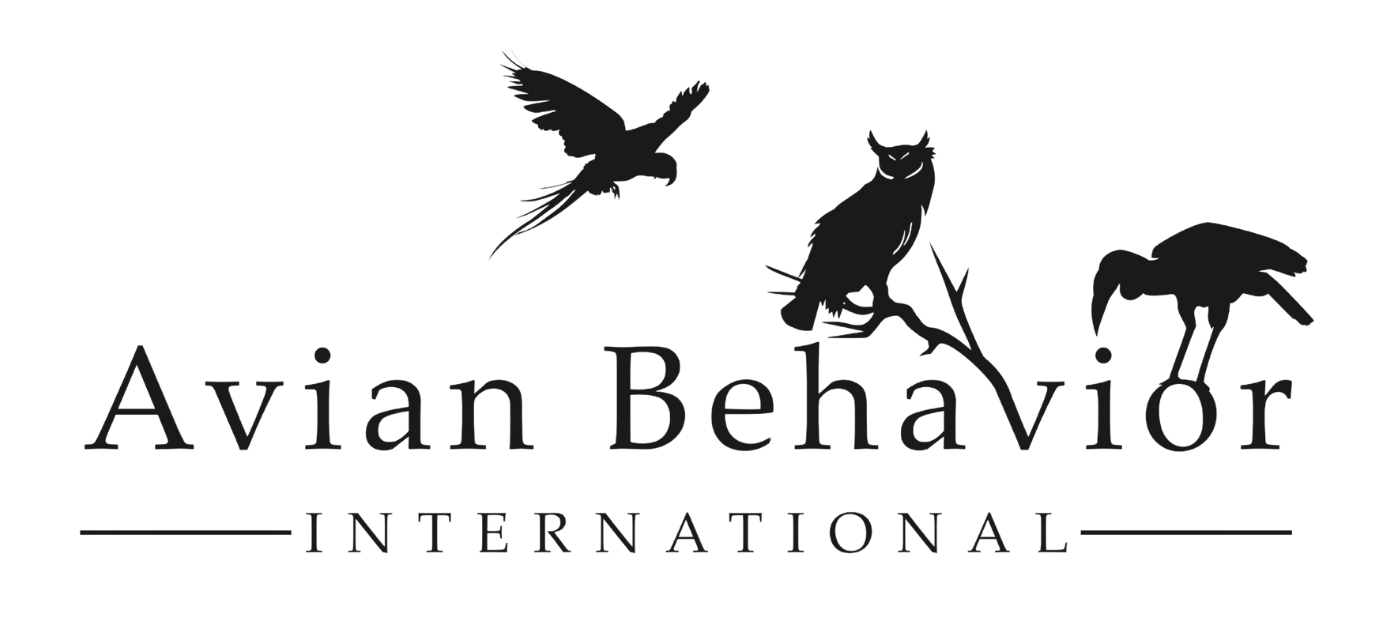
02 May The Quiet Power of Owls
Some of our birds are work horses—and some of them are WORK horses when it comes to conservation education.
Oakley the Harris’s Hawk, for example, is endlessly versatile. She’s a class favorite in our Hawk Walk Falconry Experience, and for good reason. You get to see her do some really cool flights—tight maneuvers, purposeful landings, problem-solving on the wing. It’s dynamic. It’s engaging. It sparks conversations about habitats, hunting styles, and why raptors matter.
But here’s the thing: an owl doesn’t have to do any of that.
There’s a running joke on our team that all an owl has to do is show up. And honestly, we’re not wrong.
There’s something about owls—the stillness, the intensity of their gaze, the quiet way they take in the world—that draws people in like nothing else. Maybe it’s because we don’t see them often. Maybe it’s their silence. Or maybe it’s just presence. Whatever it is, owls don’t have to perform to earn attention. They just are.
That’s part of what makes them what we call a flagship species in conservation. When you focus conservation efforts on a species like an owl—charismatic, emotionally resonant, a natural symbol—you’re not just protecting the owl. You’re protecting everything that owl needs to survive: the prey, the trees, the nesting cavities, the night skies free from light pollution.
That one connection? It opens the door to many.
People ask sometimes if it’s okay to love just one bird. Or just one species. The answer is yes. You don’t have to justify it. You don’t have to explain why owls make your heart beat faster, or why your kid won’t stop talking about barn owls after a school visit. Love is the entry point. And it’s enough.
Loving one bird—especially one like an owl—often means we end up loving more than we ever expected.
So whether it’s Oakley’s tight turns through the trees or an owl’s slow blink that stops a whole audience mid-breath for our interactive falconry classes, both have a role. Both educate. Both inspire.
They just do it in different ways.
And that’s exactly how it should be.

